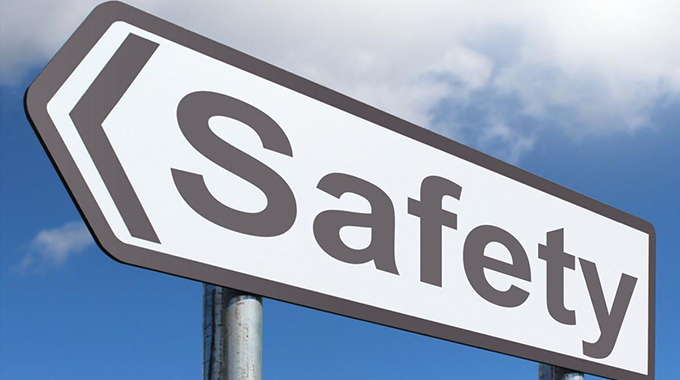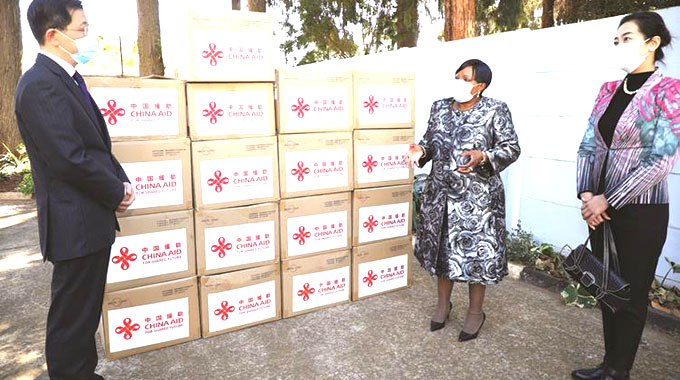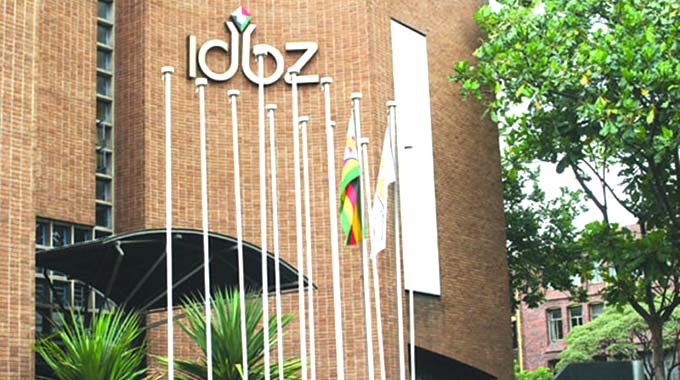EDITORIAL COMMENT : Prioritise safety at markets

HARARE City Council’s decision to open Mupedzanhamo Flea Market and the Glen View Area 8 Complex will bring relief to multitudes of informal traders.
This comes after council spruced up Mupedzanhamo during the lockdown, demarcating selling spaces and putting in measures for a proper allocation of stalls, rather than letting management pass control to “space barons” and corrupt junior officials.
As with so many other areas, the threat of Covid-19 has given council the opportunity, and the requirement under the easing of lockdown rules, to reorganise the whole system and make sure the council’s management of the informal sector is better, fairer and healthier.
However, if not properly managed, the reopening of a flea market in the light industrial area could be a cocktail for disaster as the two hubs of the informal sector may become epicentres for new outbreaks.
Measures like sanitising, observing social distance and wearing masks should be adhered to.
This will require cooperation of the vendors and careful controls by council staff, including municipal police.
That control needs not be heavy-handed: formal businesses and even bus queues have seen changes.
The trick is to deal with queue jumpers and the rowdy, while letting the majority enjoy a far more pleasant shopping experience.
By their nature, flea markets are largely open spaces where people from different social and economic persuasions convene to conduct business.
This kind of business involves persuasion and bargaining, since almost all the traders will be selling the same goods. But it does not need touting, grabbing and crowding.
At this time of the year, flea markets are usually packed with hundreds of vendors, considering that the tobacco and cotton selling seasons are now at their peak. Because of the unusually long school break owing to the lockdown, the reopening of the flea market is likely to be met with crowding challenges as customers jostle for reasonably priced second-hand goods.
It is during such times that people throw caution to the wind in anticipation of good sales and reasonable bargains on commodities. So customers, who do not have enforceable contracts with the council like the traders, need to be guided and told what is acceptable and what is not. But most have become used to the new rules in ordinary shops and are likely to follow them in markets so long as they are all treated equally.
Both unless there are enforced controls, customers and the traders are highly likely to disregard social distancing measures, which were put in place to preventative the spread of the disease. But these can be enforced if the council and the vendors cooperate and both in turn ensure that the customers come on board.
It remains to be seen, how many people will manage to lure potential buyers, while wearing masks, let alone refrain from grabbing customers by the hand and leading them to their stalls.
Besides the actual form of doing business, which will require significant changes, there are the other basics that need to be done, and checked, daily.
Those entrusted with superintending over activities around the centres would need to ensure that stalls, carts, restrooms, entry, exit points and other frequently used touch points are regularly cleaned and disinfected.
There should be a maximum number of people allowed in these complexes at any given time in line with stipulated regulations.
Other urban authorities which managed to re-open their markets, admittedly small markets, earlier have found it fairly easy to limit the flow of customers, simply by putting in a single gate and counting people in, allowing the next in line to enter whenever someone leaves.
Even Zupco conductors manage this simple exercise without much bother.
We also encourage a phased opening to ascertain the level of risk, whilst also maintaining a close eye on the rate of infection. This could be done through a colour-coded system, where areas with the least of concerns on the level of risk could be given a yellow code, either because there is low human traffic or there are less activities, than other sections. The green colour could be used to point at average risk, while those areas perceived to be a risk could be coded red.
Certain portions within Glen View Area 8 that sells kitchenware are often less congested, and they can be yellow-coded, to allow City of Harare to evaluate and assess the level of risk, before they can fully open the whole complex to the public.
In the event that there are stall owners within the two complexes disregarding stipulated preventative measures, we urge the City of Harare to take necessary measures against the errant business people to safeguard the lives of thousands of people who conduct businesses there. If anything, owners should be proactive in preaching the gospel of prevention to ensure they remain open and make a living.
The shutting down of the entire informal sector in the last three months as part of national lockdown measures had negatively impacted on some households, especially for small business owners and the self-employed, who were the hardest hit.
A lot of urban based families were now finding it difficult to put food on the table, hence the Government’s decision to relax lockdown restrictions and allow more businesses to resume operations. However, there is need to exercise caution when resuming operations. The safety and well-being of customers, buyers, sellers, vendors and employees remain a priority, especially now when there is a spike in figures.
Complacency may make us lose the battle against Covid-19, amid indications that most people no longer regard the pandemic as a threat.









Comments